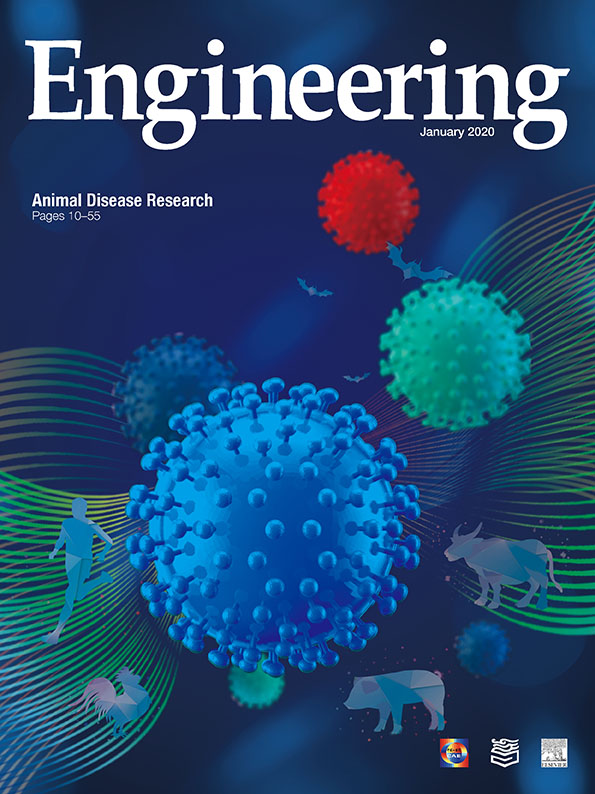Livestock and fish production has been growing rapidly in recent decades, driven by the increasing demand for animal-source food. In the last 25 years, the global per capita food demand for all animalsource food has increased by more than 40 kg per person per year [1]. Most of the increase in consumption and production is occurring in low- and middle-income countries (LMICs), particularly in Asia and Latin America. This demand is driven in turn by increasing populations, growing wealth, and urbanization. Much of the demand is supplied by poultry, pork, milk, and fish—sectors that can more easily respond to demand by intensification [2].
Animal disease is both a constraint to livestock production and productivity, and a consequence of increasing livestock production under often less-than-optimal conditions [3]. Epidemiology is the study of diseases in populations, and is an invaluable tool for assessing the burden of disease, understanding its cause, and testing interventions to manage animal disease. In this issue, Robertson focuses on the role of epidemiology in disease prevention and control, and discusses biosecurity as an important and relatively new paradigm for farming under the risk of livestock disease. Recent research has revealed both the importance of biosecurity [4] and the challenge of applying it on the small-scale farms that predominate in LMICs [5].
Three types of livestock disease are of especial concern: epidemic or outbreak diseases, which are highly contagious and liable to spread rapidly; endemic diseases, which are consistently present in a given population; and zoonotic diseases, which are transmissible between animals and people. These have different yet overlapping impacts, management, and research needs.
Endemic syndromes include lameness as well as reproduction, respiratory, and gastro-intestinal diseases. These are often multifactorial in origin and difficult to manage, and become more challenging as systems intensify. From a historical perspective, the most important diseases affecting dairy fertility have been bacterial or protozoal. The paper by Wathes et al. (this issue) reviews the under-recognized and dynamic role of viruses in dairy fertility. Viral pathogens generally remain under-diagnosed, especially in LMICs. Recent research advances in surveillance, rapid diagnostics, vaccines, and health measures are helping to address this issue [6].
Understanding the etiology—that is, causes—of disease is fundamental to their management. The last decades have seen advances in molecular epidemiology. New techniques can help to identify the cause of disease, identify strains that are restricted to specific hosts, understand pathogenesis, develop diagnostics and vaccines, and track the movement of pathogens [7]. The paper by Khan et al. (this issue) reviews how molecular epidemiology has contributed to our understanding of Neospora spp., the most important cause of bovine abortion. Looking forward, molecular epidemiology is becoming increasingly affordable and widely used.
Major technological advances have revolutionized our ability to detect, diagnose, cure, and prevent animal diseases. Some of these technologies are health-specific (e.g., lateral flow diagnostics), while others are applications of other technologies to the sphere of health (e.g., reporting diseases using mobile phones). Vaccination has proven to be one of the most effective and cost-effective means of combating disease; yet for many economically important diseases, vaccines do not exist or do not meet the needs of users. New recombinant vaccines comprising recombinant proteins allow the targeting of immune responses focused against a small number of protective antigens; such vaccines are cheaper, more convenient, and safer than conventional vaccines [8].
Vaccines against bacterial disease in animals have an added advantage: They can reduce the use of antimicrobials in animal production and hence reduce the risk of antimicrobial resistance (AMR) emerging in pathogens that infect people [9]. Agricultureassociated AMR is just one of the pathways through which livestock production can adversely affect human health. Evidence is emerging that some of the most economically and socially important animal health problems are those that have consequences to human health and livelihood—notably, emerging diseases, foodborne diseases, zoonoses, and AMR [10]. These impacts can be orders of magnitude greater than the impacts of animal disease on the livestock or fish sectors.
Of course, many of these agriculture-related human diseases also have impacts on the livestock sector. When farmers see benefits from controlling disease in livestock, this can provide incentives to control diseases in the animal host rather than in the human victim. Especially in LMICs, ‘‘One Health” interventions that integrate veterinary work with human health can be more effective, affordable, and equitable than interventions that operate within a single sector [11]. Little is known about the burden of AMR in the livestock sector. In a study from Vietnam in this issue, Van et al. present an assessment of AMR in Haemophilus parasuis, a serious disease of pigs.
We are currently in an era of unprecedented interest and advances in animal disease research. The livestock sector is growing rapidly in response to demand, and the consequent intensification is resulting in a need for new and adapted technologies. Advances in epidemiology, molecular epidemiology, genomics, diagnostics, vaccines, and ICT have great potential for controlling disease and improving productivity in livestock. At the same time, the growing concern about the human health externalities of livestock production (especially emerging zoonotic diseases, foodborne diseases, and AMR) is stimulating new research investments to tackle these problems. Much of the growth in demand for livestock products and the generation of negative health externalities occurs in LMICs, placing LMICs at the forefront of future research.













 京公网安备 11010502051620号
京公网安备 11010502051620号




